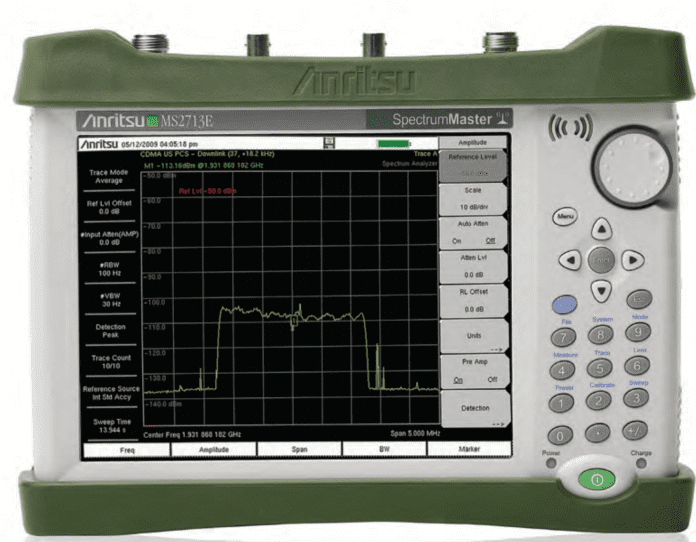With populations in the developing world continuing to grow, the need to find new ways to satisfy increased demand for access to food has never been greater. In order to do this, fish farming, or ‘aquaculture’, is quickly becoming a serious contender for the provision of sustainable yield in many countries around the globe.
According to a recent report by Markets and Markets, the smart agriculture market is likely to reach $13.50 billion by 2023 and global fish production is playing a significant part in this growth. Precision farming is playing a part in the tech transformation, with aquaculture now beginning to use a variety of unique aquaculture software to enhance performance.
As with many types of smart agriculture, there are numerous benefits to be gained from a successfully connected foundation. The positive impact on the local workforce and the wider economy are key considerations when shaping any commercial infrastructure. This makes decisions around adopting the latest technologies to deliver the farming functions essential for both business growth and profitability.
The challenge, however, comes predominantly from the vast geographical sprawl that most aquaculture sites cover, and the physical challenges of terrain in and around each location.
The Mexican method
When we look at the Americas, the Mexican aquaculture sector produces 61 different species, producing 394,000 tons of seafood per year, equating to 0.4 per cent of the country’s GDP. Mexico is also likely to see the highest market growth in precision farming over the next few years.

This means that any investment in aquaculture provision in the country might have the potential to increase revenues with a strategic improvement of its communications infrastructures. By doing this, the latest smart technologies can be adopted to significantly boost overall output of a plant.
Working within this important Mexican aqua cultural sector is the Regal Springs fish farm in Chiapas. Regal Springs has both complex geographical and technical requirements in terms of the needs of its communications infrastructure. Also operating aquaculture farms outside of Mexico, in Honduras and Indonesia, Real Springs recently transformed its existing legacy networks to improve export channels with the US and Europe.
As is so often the case when it comes to solving the geographical challenges of smart agricultural projects, the distances between locations of each farm’s facilities were great and spread across several remote and hard-to-reach locations.
The need for connections between devices covered many facets of the business, from office facilities, to laboratories and multiple production sites. This distance meant that fibre optic infrastructures were simply not viable. The solution was a robust and trustworthy wireless infrastructure overhaul to allow it to continue to meet its output requirements.
What was installed at the Regal Springs facilities was a fixed wireless broadband network capable of covering both large distances with high bandwidth capabilities.
The right kind of network
From a networking perspective, what Regal Springs needed was an ability for data to be securely transmitted, alongside video-surveillance streams to deliver and monitor real-time data back to the control centre. The existing legacy network was no longer able to accommodate the needs of the expanding business and its evolving communications needs.
As with so many agricultural projects of this nature, the network had to be able to span vast geographical sites, with consistent levels of performance throughout. A single, multi-service platform was the solution to be able to carry out the increased communications between multiple sites.
Regal Springs was able to secure scalable and future-proofed options with INXITE, a value-added system integrator specializing in wireless communications such as CCTV and wide-area nNetworks (WAN). The Regal Springs fish farm project sought an effective and reliable wireless infrastructure to supersede its existing operational platform and it was looking for a cost-effective and scalable option to be able to do this.
By designing the right kind of wireless network to meet the specific performance needs of the aquaculture infrastructure, careful radio planning can be applied to serve agricultural sites like this, to enable reliable monitoring and the delivery of numerous connectivity applications.
It’s no secret that efficient communications channels keep employees united but as more and more types of equipment and machinery are added to smart aquaculture sites, using the latest Internet of Things (IoT) solutions, competition in farming will depend upon getting the infrastructure just right.
Check out the new editorial report from Enterprise IoT Insights, called ‘Making Industry Smarter: Agriculture & Farming’, out from May 22. Click here to sign up to the newsletter to catch all the latest news and updates from Enterprise IoT Insights.

